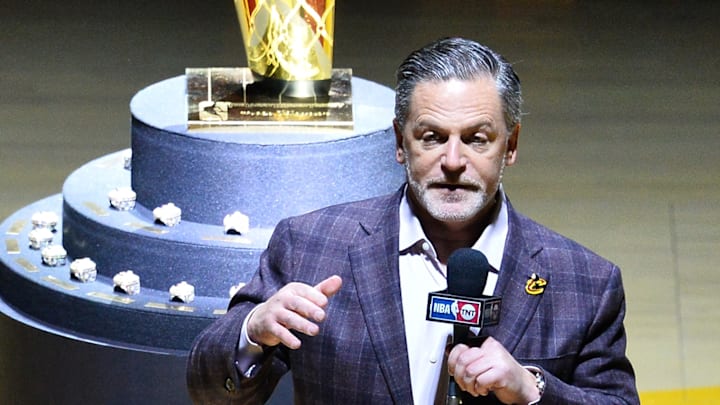The Cleveland Cavaliers joined the NBA in 1970, and, despite an attempt by Ted Stepien to relocate the franchise, the Cavs are firmly cemented in The Land for a very long time to come.
Unfortunately, that position is not as strong for many other teams, especially those in smaller markets. As the NBA continues to look for growth later this decade, the earlier expectations for expansion are beginning to diminish after a new report by Sports Illustrated's Chris Mannix suggested that relocation may come to the league before two teams are added.
Mannix interviewed NBA commissioner Adam Silver in October 2025, and Silver confirmed the league had looked into relocation but would not suggest any specific teams. Later, Mannix detailed a rumor that the most likely teams to move cities would be the Memphis Grizzlies and New Orleans Pelicans. Both teams consistently rank toward the bottom in attendance, and their current arena leases end before the end of the decade.
With the Pelicans' horrible start to the 2025-26 season and constant inability to achieve playoff success in the midst of Zion Williamson's poor career turnout, Mannix's suggestion could be a precursor to the end of the Louisiana's NBA presence. Mannix adds that the Grizzlies' risk of relocation adds another layer of complexity to the Ja Morant drama, making a full rebuild period out of the question if ownership hopes to remain in Memphis.
Relocation has destroyed fanbases while creating new ones many times in the NBA, including the Grizzlies' own move from Vancouver to Memphis in 2001. The most famous case of relocation in the league is undeniably the Seattle SuperSonics' changing to the Oklahoma City Thunder shortly after drafting Kevin Durant. For Cavaliers fans, though, that fear is quickly subsided by owner Dan Gilbert's endless investment in the franchise.
The Cavaliers are in good hands with Gilbert in charge
Cleveland sports fans endured a painful relocation when the original Cleveland Browns team left for Baltimore, Maryland to become the Baltimore Ravens. Eventually, the Browns returned to Cleveland, but the franchise has been far behind the Ravens in terms of team success.
After just over a decade of the Cavs' creation, then owner Stepien caused a catastrophic meltdown that forced the NBA to institute a new restriction on trading consecutive first-round draft picks. That rule, the Stepien Rule, is a constant reminder of the importance of a good team owner. Stepien's horrible leadership in the 1980's even included a threat to move the team to Toronto and renaming it the Toronto Towers.
Following Stepien's exit, Gordon Gund redirected the Cavaliers on the right path. Eventually, real estate mogul Dan Gilbert took charge in 2005 and has solidified the franchise's position in Ohio sports. Rocket Arena sits in the center of downtown Cleveland, across from a gigantic poster featuring the best Cavaliers at any given time. Few visitors of Cleveland can tour the city without seeing endless promotions for the Cavs and the arena.
Gilbert not only keeps the Cavs in Cleveland, but he has consistently been one of the most willing owners to spend money to stay competitive rather than simply hoping that a budget-friendly roster can fill seats. The Cavaliers have the highest payroll in the NBA, remaining the only team above the daunting second apron of the luxury tax. Gilbert is willingly paying an exorbitant tax bill this season to keep the roster intact, something fans will hope pays off in a Finals run this year.
Cleveland, like Memphis and New Orleans, is a much smaller market than many of the NBA's top cities like Los Angeles, Dallas, New York City and Boston. As the Grizzlies and Pelicans navigate the treacherous waters of potential relocation, Cleveland Cavaliers fans can feel secure that their market size does not dictate their future.
